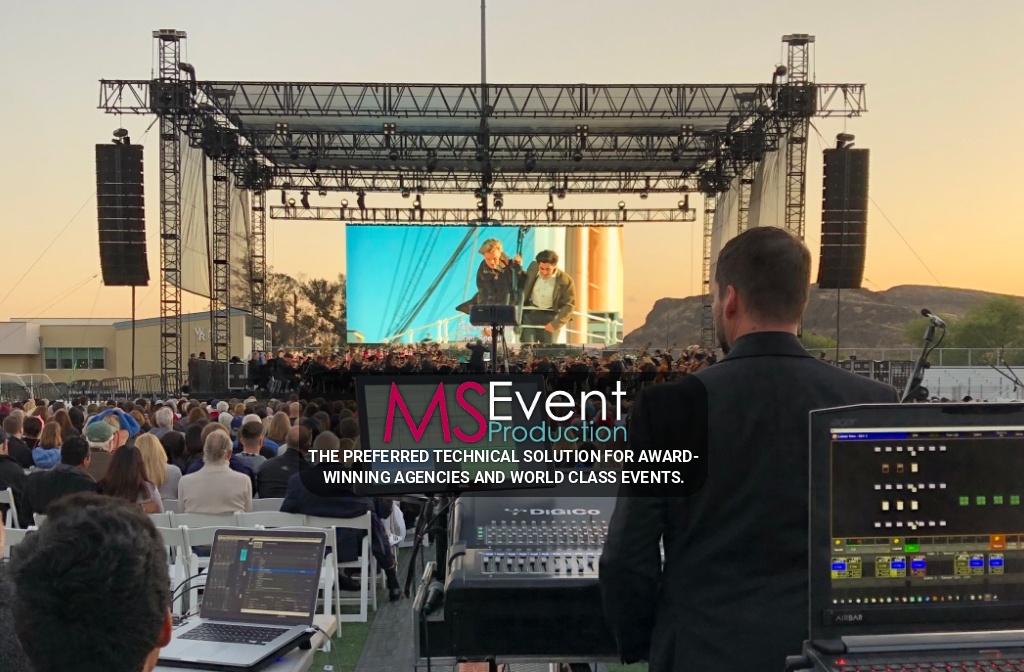One of the most significant benefits of LED display screens is their brightness. LED tech produces lively and bright pictures that can be readily seen in multiple illumination conditions. Unlike conventional projectors, which can struggle in well-lit settings, LED display screens maintain their clarity and hue precision even in bright spaces. This makes them ideal for outdoor events or locations with big windows. The high luminosity levels ensure that the content displayed is consistently clear, making it easier for audiences to interact with the information being presented.
In furthermore to brightness, Light Emitting Diode video screens provide enhanced image clarity. They offer greater resolution and better hue rendering compared to traditional projection technologies. This means that pictures and videos displayed on an Light Emitting Diode wall appear sharper and more defined. The dot density of LED displays allows for close viewing without losing clarity, which is especially crucial in settings like trade fairs or conferences where attendees may be nearby to the display. Furthermore, LED tech can produce richer blacks and more vibrant hues, enhancing the overall aesthetic impression.
Flexibility is another key benefit of Light Emitting Diode video walls. These technologies can be arranged in various sizes and shapes to fit varied areas and design requirements. Unlike conventional projection systems, which require a specific distance from the display to operate properly, LED video screens can be set up in a range of environments. They can be bent, arranged, or even used in creative layouts to create distinct visual presentations. This adaptability allows companies to tailor their display presentations to suit their particular requirements, making LED video walls a versatile option for any environment.
Upkeep is also a critical factor when comparing LED display screens to conventional projection systems. LED screens generally require fewer upkeep over the years. Conventional projectors often need bulb replacements and regular cleaning to maintain peak functionality. In comparison, Light Emitting Diode Discover More tech has a greater duration and does not require regular changes. This reduces downtime and maintenance expenses, making Light Emitting Diode video walls a more cost-effective solution in the long run. Organizations can concentrate on their displays rather than worrying about the upkeep of their display systems.

Lastly, power efficiency is an important consideration for many organizations. LED video walls consume less power compared to conventional projector technologies, which can lead to substantial reductions on energy costs. This is particularly beneficial for businesses and locations that operate screens for long times. Additionally, the reduced power usage of Light Emitting Diode tech contributes to a lowered ecological footprint, making it a more eco-friendly choice. By choosing LED display screens, companies can benefit from premium display displays while also being considerate of their power consumption and ecological impact.
In summary, Light Emitting Diode display screens offer many advantages over conventional projector technologies. Their luminosity, visual clarity, adaptability, low maintenance requirements, and power conservation make them an superior option for contemporary display screens. As innovation continues to advance, Light Emitting Diode video walls are likely to become even more prevalent in various environments, providing companies with the resources they require to efficiently communicate and engage with their audiences.